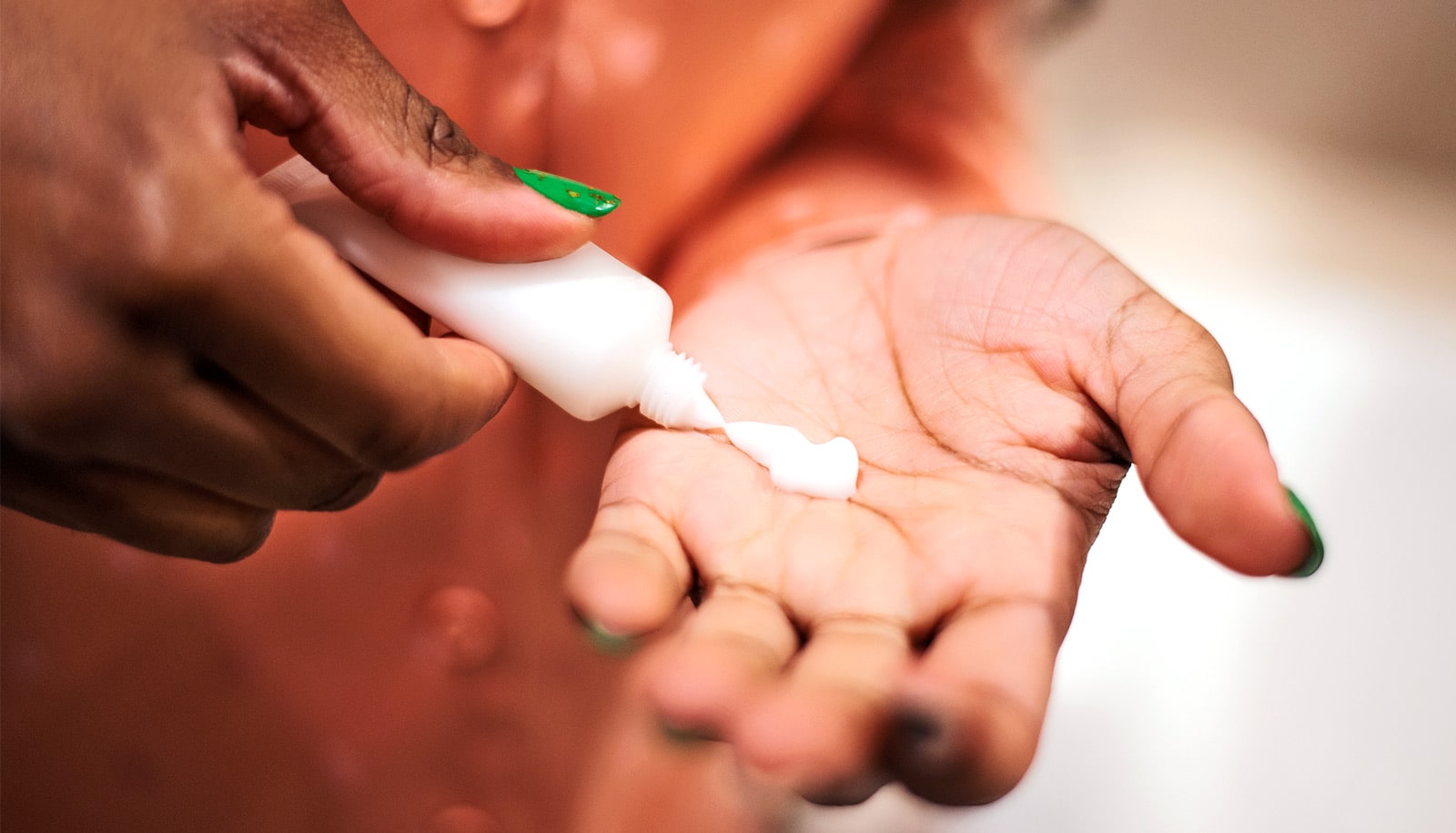Trace amounts of flame retardants, banned in the United States for more than a decade, are still passing through umbilical cord blood from mothers to their babies. The chemicals are linked to a variety of health concerns including hormone disruption and low birth weight.
PBDEs, or polybrominated diphenyl ethers, were commonly used flame retardants in building materials, electronics, and textiles until they were banned in 2004. The chemicals leach into the environment, where they persist and are still found today in virtually every population worldwide.
“What is especially concerning is that we found consistently higher levels of PBDEs in the infant of each mother-infant pair, suggesting the babies have higher circulating concentrations of these potentially neurotoxic and endocrine-disrupting chemicals compared with their mothers,” says Amina Salamova, assistant research scientist in the school of public and environmental affairs at Indiana University.
The researchers found especially high levels of the chemical BDE-47 in infant blood. That’s consistent with other studies and could be the result of its use until 2004 by manufacturers of sofas, mattresses, and other foam-filled household products that are still in many homes today.
Mom’s exposure to toxic chemicals shows up in newborn
The samples came from 10 mother-infant pairs at the University of Tennessee Medical Center in Knoxville. An additional tube of blood was drawn from the mothers once they were in active labor. At delivery, an additional tube of cord blood was obtained.
PBDEs was found in the blood serum, the clear liquid that can be separated from clotted blood. Although the new findings don’t determine whether babies exposed to the chemicals have been harmed, researchers emphasize the importance of such research.
“Long-term follow-up studies of newborns are essential to determine if there are differences in health based on PBDE levels,” Salamova says. “These findings underscore the importance of families reducing the sources of dangerous flame retardants in their homes because, over time, what’s in a house can end up in a mother’s body.”
The study appears in the International Journal of Environmental Health Research. Coauthors are from the University of Tennessee, Eureka College, and Jinan University.
Source: Indiana University



